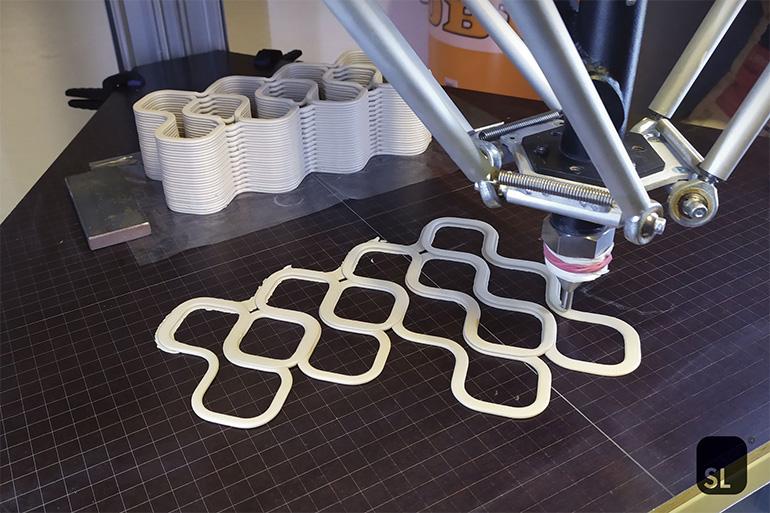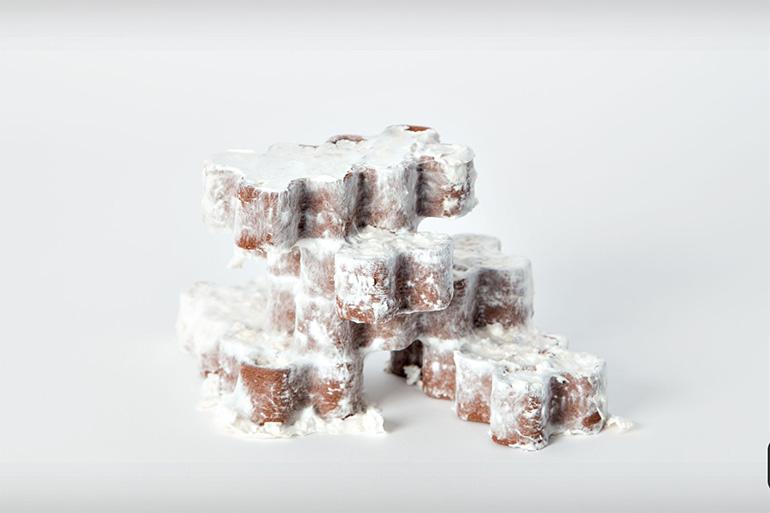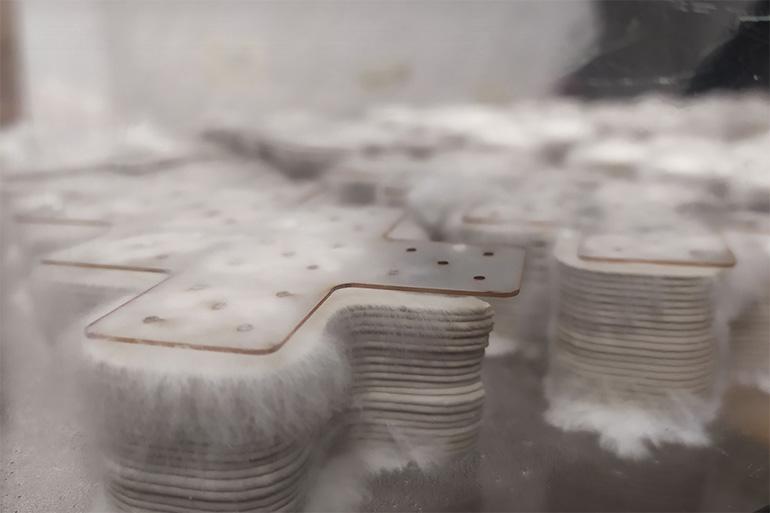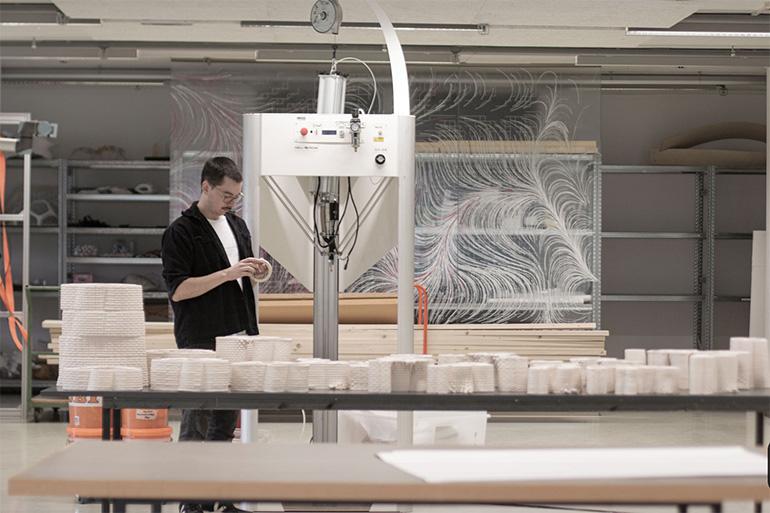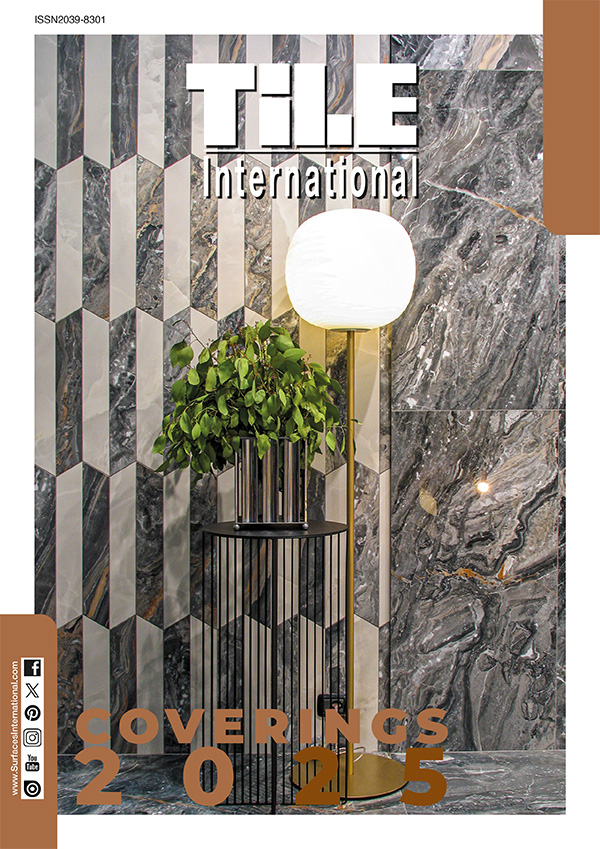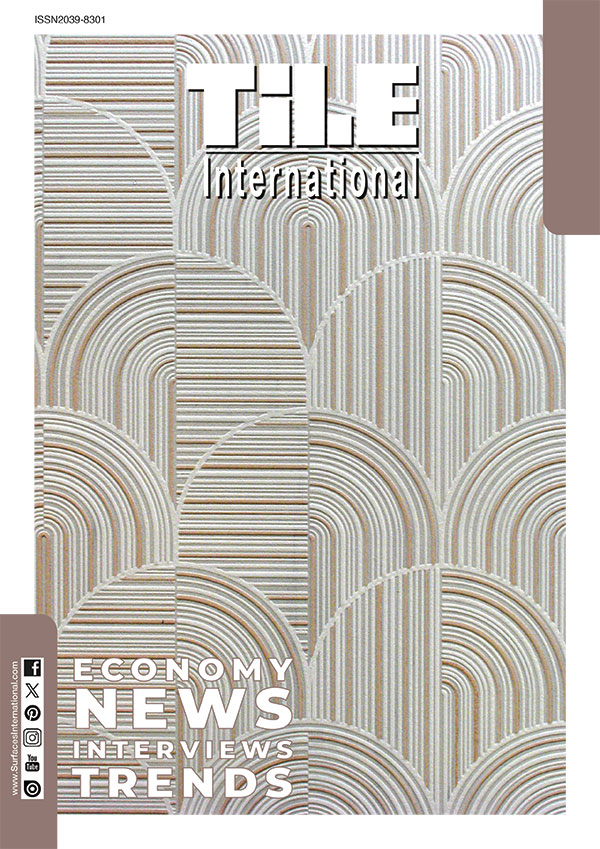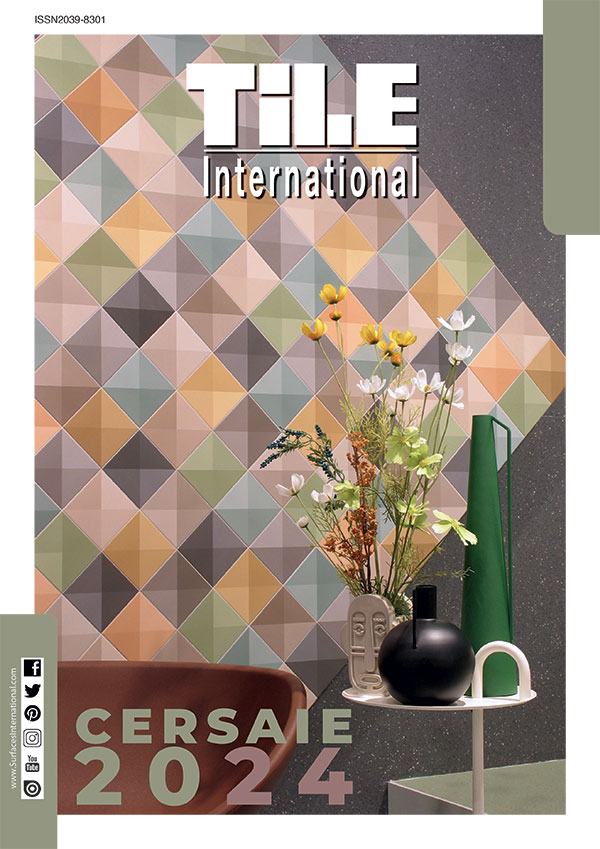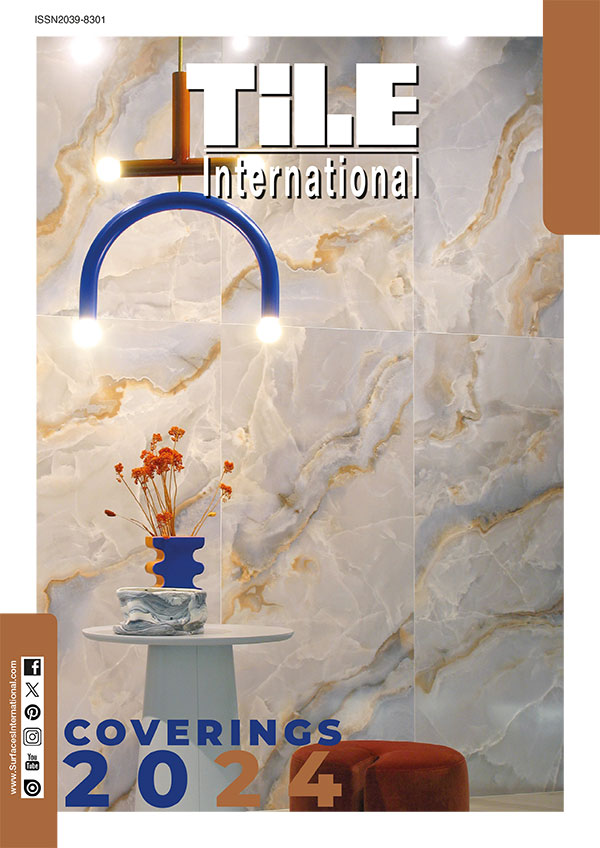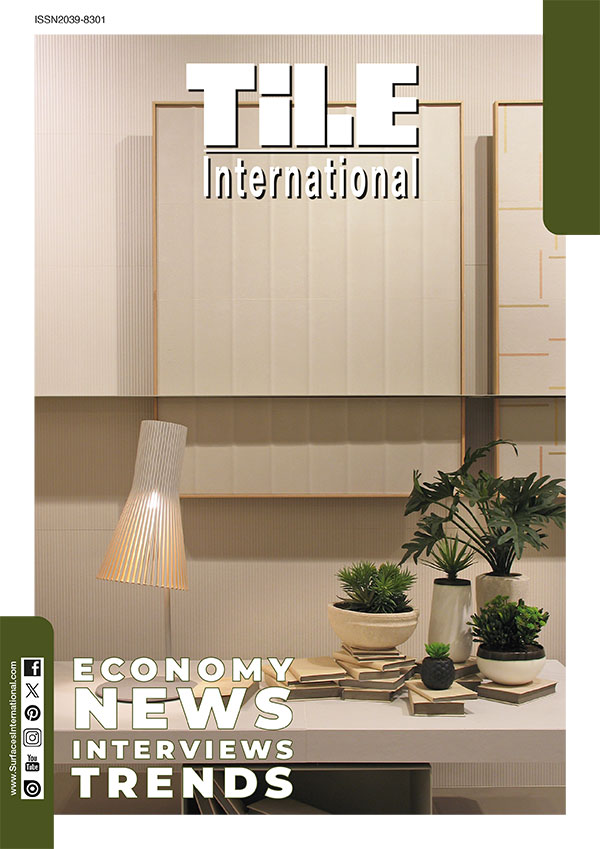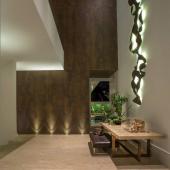3D printing mycelium reinforced structures with MyCera
“MyCera. Application of mycelial growth within digitally manufactured clay structures" published by Shape Lab - Institute of Architecture and Media, Graz University of Technology (TU Graz)
At the Institute of Architecture and Media at Graz University of Technology, the Shape Lab research group developed a new material named MyCera composed of clay, wood sawdust, and mycelium (vegetative part of fungi).
The research focuses on using mycelium as an intelligently oriented fiber reinforcement to increase the structural performance of 3D printed unfired clay elements and allow for bio-welding of fired elements.
The Shape Lab team used a Delta WASP 40100 Clay to carry out their research and successfully print MyCera, taking advantage of the machine's open system, scale, and compatibility with any paste-based material.
"The composite ‘MyCera’ shows notable structural properties when compared to the same material mixture without mycelium. [...] It is assumed that the high increase in tensile strength is caused by the growth process that takes place after printing, as seen in the provided microscopic imaging of hyphal penetration through clay. This kind of intelligent fiber distribution could not have been achieved with a non-growing material." From "MyCera. Application of mycelial growth within digitally manufactured clay structures" published by Shape Lab.
Mycelium not only enhances the structural performance of 3D printed clay but also serves as a means to bio-weld various components together. Various structures were produced by assembling multiple elements together in a state where mycelium continues its growth. Mycelium fibers of the still-growing node elements formed connections through the expansion of the hyphal network and bio-welded adjacent elements together.
"After accomplishing sufficient research [we can affirm that] the proposed material composition could replace cement-based binders. [...] To verify the assumption of an advantageous structural effect of grown fiber connections, a comparison of mycelial fiber reinforcement and other fibers that are commonly used to increase tensile strength, such as basalt and glass fibers, is planned." From "MyCera. Application of mycelial growth within digitally manufactured clay structures" published by Shape Lab.
Mycelium has been proven to both increase the structural performance of clay 3D printed elements and act as a bio-binder between different pieces, creating a stable combined structure. Although more tests need to be done to assert its durability, it is safe to say that MyCera is a promising new composite material that could define a new approach to the sustainable fabrication of buildings in the near future.
Research and Photo credits
Authors: Julian Jauk, Hana Vašatko, Lukas Gosch, Milena Stavric
Photo: Shape Lab - Institute of Architecture and Media, Graz University of Technology (TU Graz).
This work was funded by the Austrian Science Fund (FWF) project F77 (SFB “Advanced Computational Design”).

